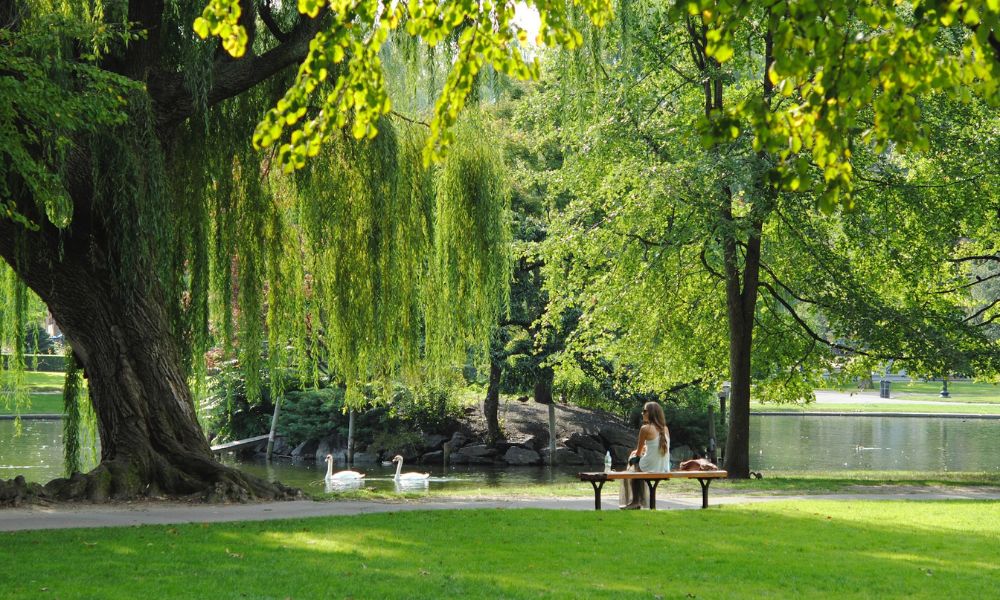Composition does not come naturally to a lot of photographers. The technical aspects could be learned relatively easily however, many state that composition can’t. Although I don’t think this to become completely accurate, photography is definitely an talent and does require some natural ability.

Exactly what do I actually do, my composition sucks? Composition is subjective so there’ll always be someone available who loves work it doesn’t matter how bad it may seem it’s. Most non-photographers aren’t that discerning but to capture truly great shots composition is essential. A properly composed photograph just works, it’s pretty obvious-cut but it’s more a sense than conforming to some rules.
Here are a few composition ideas to remember the next time you venture out to shoot. Have them at hands and find out when they meet your needs.
1. A designer chooses what to incorporate in a painting, a professional photographer must choose things to exclude. Declutter compositions removing unnecessary components by selective framing. Make use of your legs, walk about searching for alternative compositions and employ the cameras zoom to manage what you would like to incorporate and most importantly, exclude.

2. The ‘rule of thirds’ is a common compositional practice but does not always have to be strictly stuck to. The rule dictates the primary elements that comprise the look should fall on or near imaginary vertical or horizontal thirds.
3. Look at your horizon. For me personally the horizon must only be perfectly horizontal. Use the top window within the view finder like a reference. I frequently point your camera downward to align the horizon before re-creating.
4. Don’t leave large empty spaces. Departing large holes within the composition for example unexciting expanses water or dark or very vibrant elements ought to be prevented. Change perspective by shortening the tripod legs to compress large gaps within the mid to close foreground. On the other hand elements shouldn’t be cluttered, enhance the height from the camera to improve the space between elements.
5. Go for a walk before buying 2 or 3 compositions to shoot. Make time to refine them rather of shooting everything.
6. Make both foreground and background interesting.
7. Use leading lines for example rock formations or movement in water to guide the attention in to the frame.
8. Look into the edges from the frame for just about any distracting elements (half a tree, breaks in clouds etc.), and recompose if required. Make certain you’ll be able to concentrate the viewer’s focus on the topic and do not draw attention away from them from this unnecessarily. Think about, ‘what is that this image about?’
9. Keep compositions balanced to some extent where possible. A protruding headland or building can upset the total amount, avoid it to check out an alternate composition.
10. Practice, critically reviewing your personal work and searching at just how other photographers compose their photos. Read this landscape professional photographer to begin with.
Most importantly, decide to enjoy, search for composition is really a continuous learning curve.









